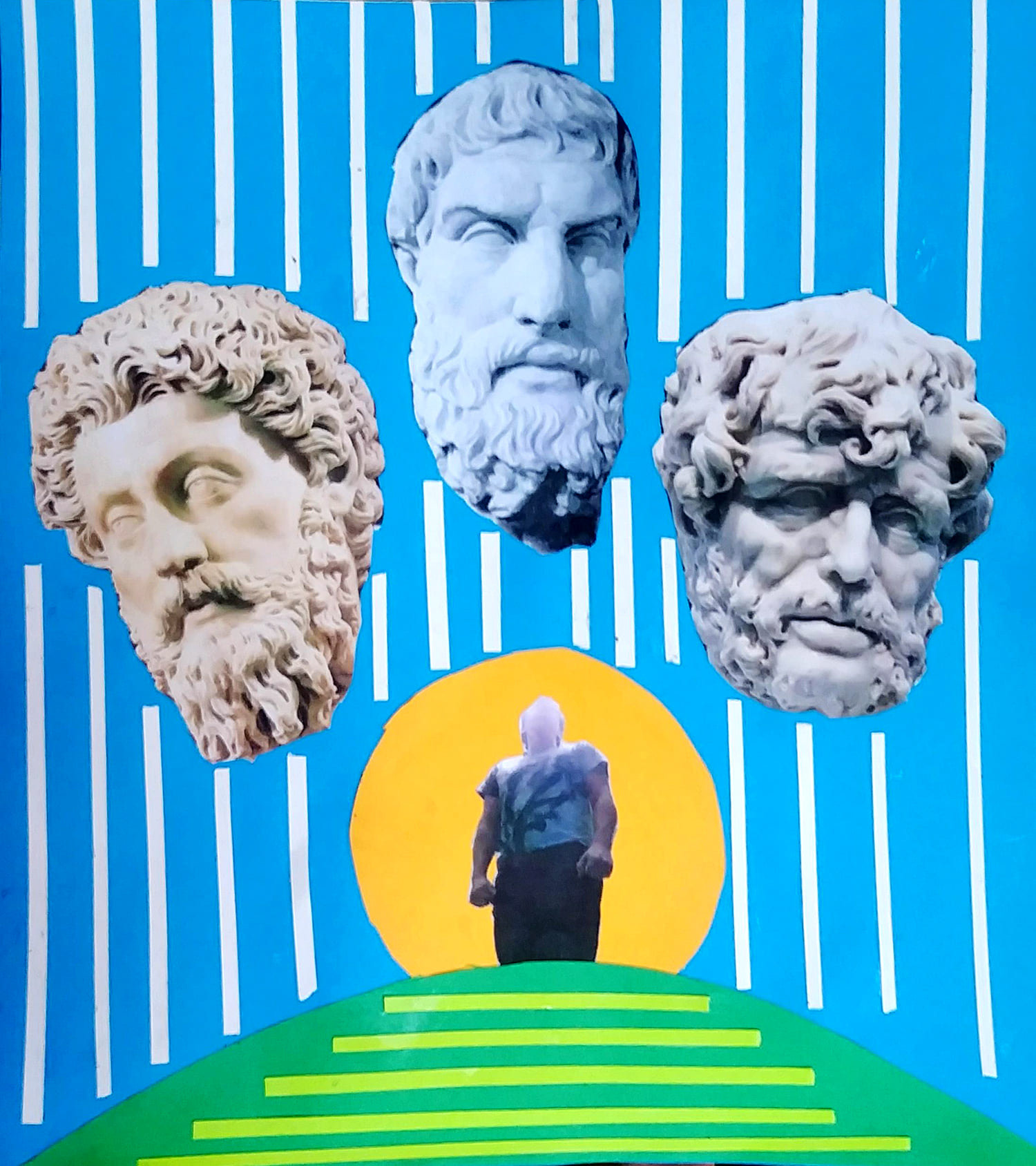Creative Thinking and Practice is dedicated to helping students develop strategies for idea generation and project planning, and develop creative thinking and critique skills. The class starts with a robust introduction to art theory, media, and methods as well as Postmodernist art. The theoretical model for creative thinking in this class is called synectics. Synectics is “…a form of creative thinking that combines imagination and analogical thinking in order to transform commonplace, familiar elements into new and unusual structures. Through various processes of mixing and matching, exciting metaphors and visual analogues are produced. Since Art Synectics involves the process of fusing disparities, it demands a tolerance for ambiguity and for the initial chaos that accompanies the process of mixing highly diversified elements.” (Nicholas Roukes, “Art Synectics,” p. v.).
The creative projects in this class start with a Design Project to familiarize beginning or relatively inexperienced, or non-artists with the concept of balancing a composition. All projects are created in collage, because it is a highly democratic medium for all levels of experience. The progression of the projects gradually encourages students to become more confident in their creative problem solving, increase their comfort with absurdity, expose their creative work to an audience, learn to work independently, and become better visual communicators in a visual medium while learning to critique classmates’ works, and in-turn, learn to self-critique. The other projects in order are, Analogy Project; Imaging & Transforming Project; Signals, Signs, & Symbols Project; Myth & Mythmaking Project; Paradox Project; and then a final independent creative project.
The Analogy Project encourages students to develop visual imagery through “forced” comparisons in which they can choose to communicate through one or more of the types of analogy learned about in class. In the Imaging & Transforming Project, students take a famous work of art and transform it into something new (and hopefully humorous). Because the concept of Synectics deals with comfort with absurdity, humor is an important concept explored in the class projects. The Signals, Signs, and Symbols Project prompts students to create a book cover with simplified imagery to express the content of a favorite book. It’s a “less is more” exploration in communication. The Myth & Mythmaking Project asks students to work with personal narrative. The Paradox Project delves deeply into absurdity and humor by having students use an online nonsense phrase generator to create a phrase on which they can base their paradoxical design. The Final Project idea must be pitched to me a couple months before it is due. I give feedback on the idea and then the artist/student works independently on it without the usual in-process critiques that are numerous throughout the semester, and then they reveal what they have created on the final day and receive a robust final critique on their independent creative work.
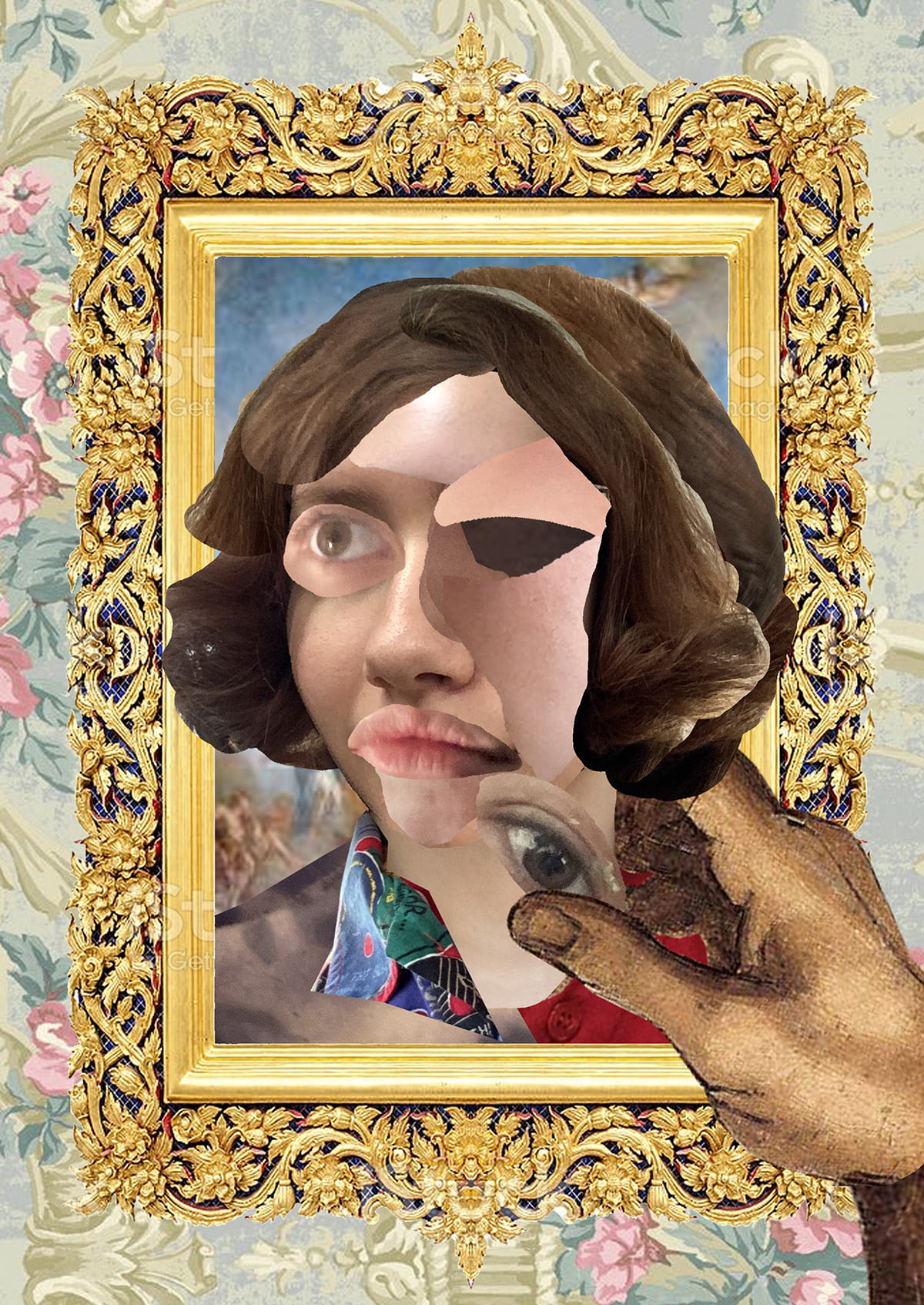
Adrien Dye | Myth and Mythmaking Project | Prompt: "My Pandemic Experience"
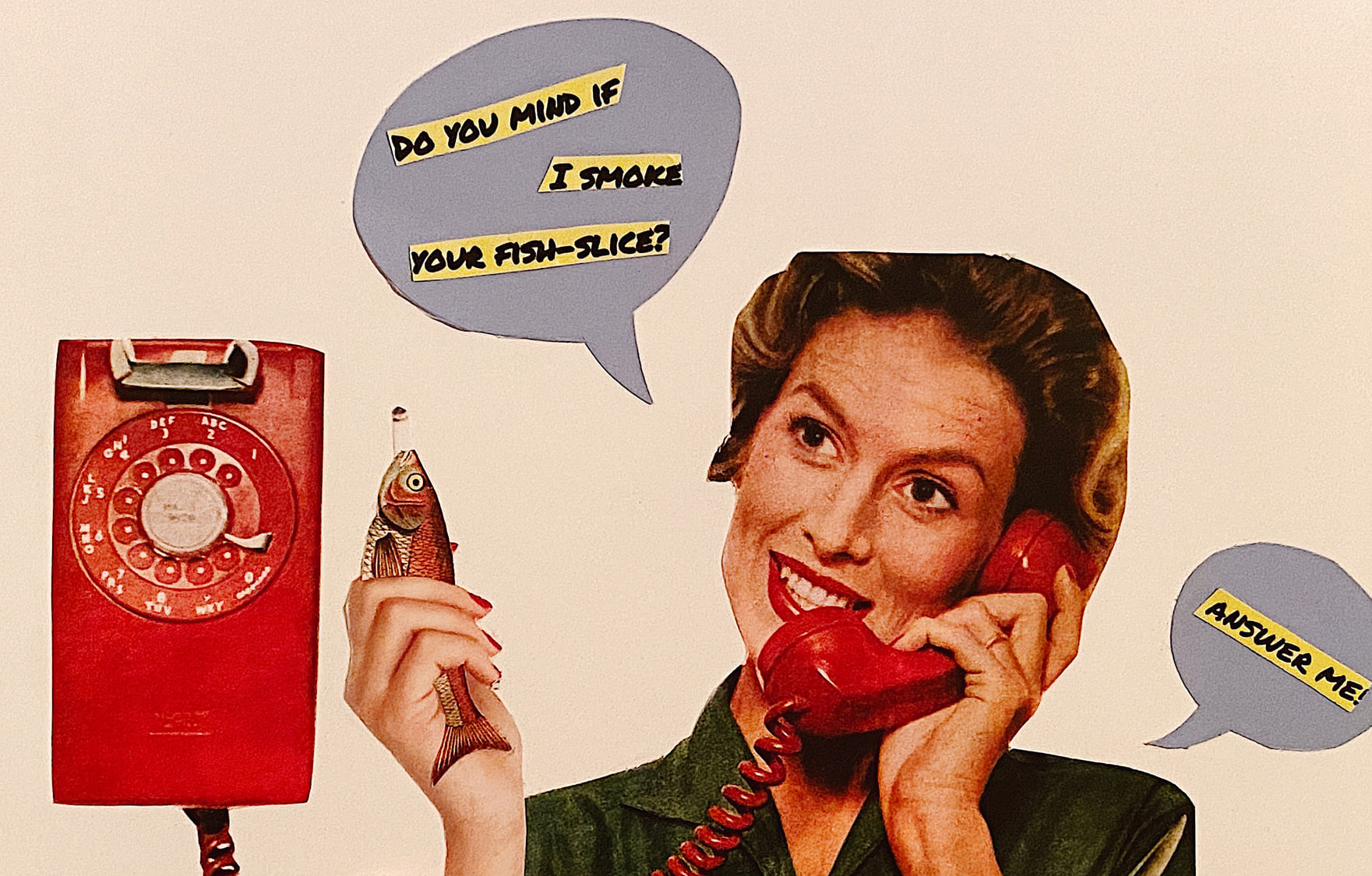
Alexis Walker | Paradox Project | Students were asked to select a nonsense sentence from the Random Surrealism Generator ( https://www.ravenblack.net/random/surreal.html ) and make a collage based on the sentence. Alexis's sentence was "Do you mind if I smoke your fish slice? Answer me!"
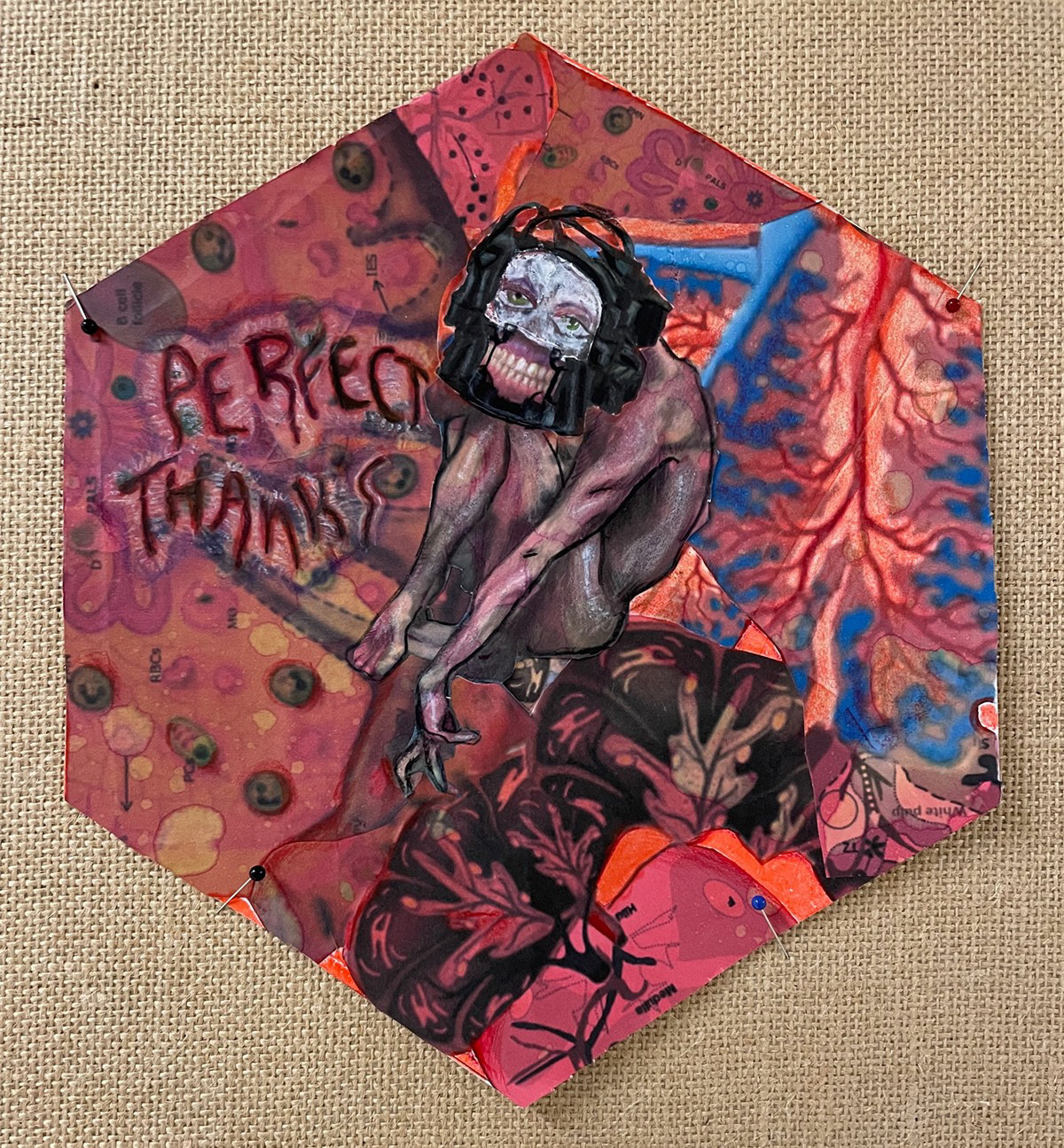
Ava Morgan | Paradox Project || Students were asked to select a nonsense sentence from the Random Surrealism Generator ( https://www.ravenblack.net/random/surreal.html ) and make a collage based on the sentence. Ava's sentence was “I was wounded in the haze of a hexagonal spleen, but heaven knows I'm glib now...”

Ava Morgan | Signals, Signs, & Symbols Project | Book: The Seventh Princess by DC Haenlien

Berkleigh Bond | Analogy Project | Random Two Word/Phrase Prompts: Astronaut and Keyboard
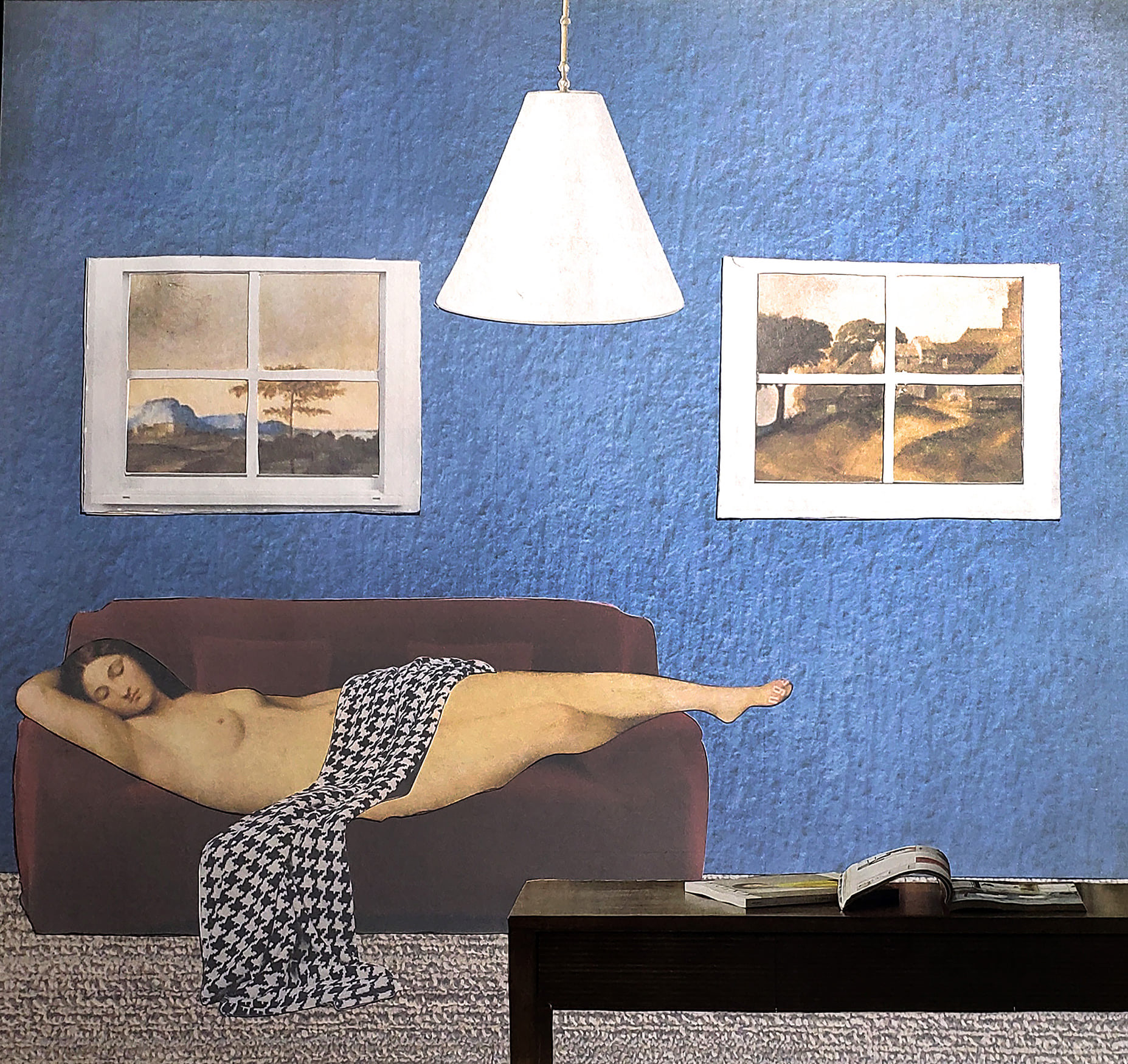
Berkleigh Bond | Imaging & Transforming | A Reinterpretation of Giorgione's "Sleeping Venus" (1508)
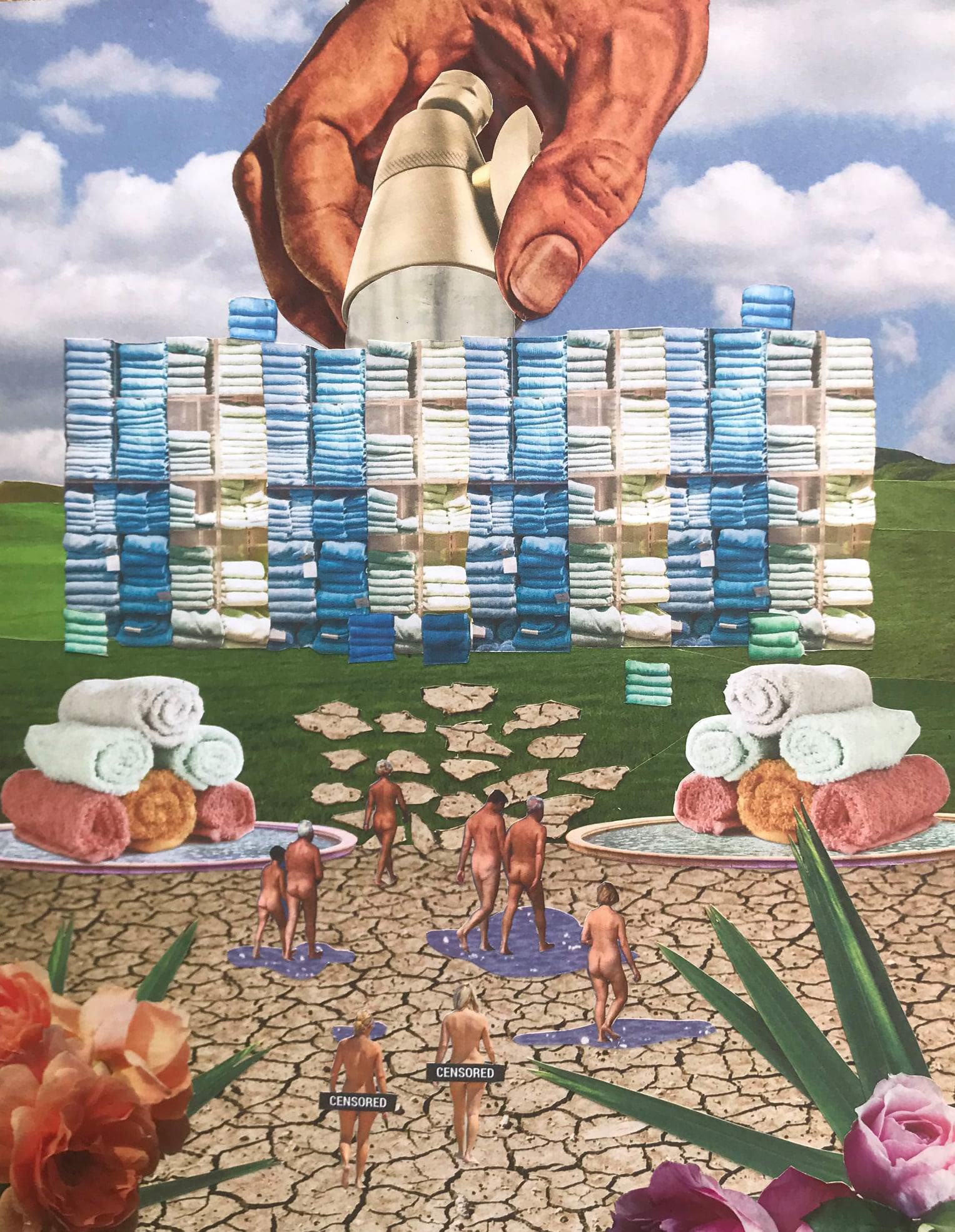
Brianna Womack | Analogy Project | Random Two Word/Phrase Prompts: Towel and Library
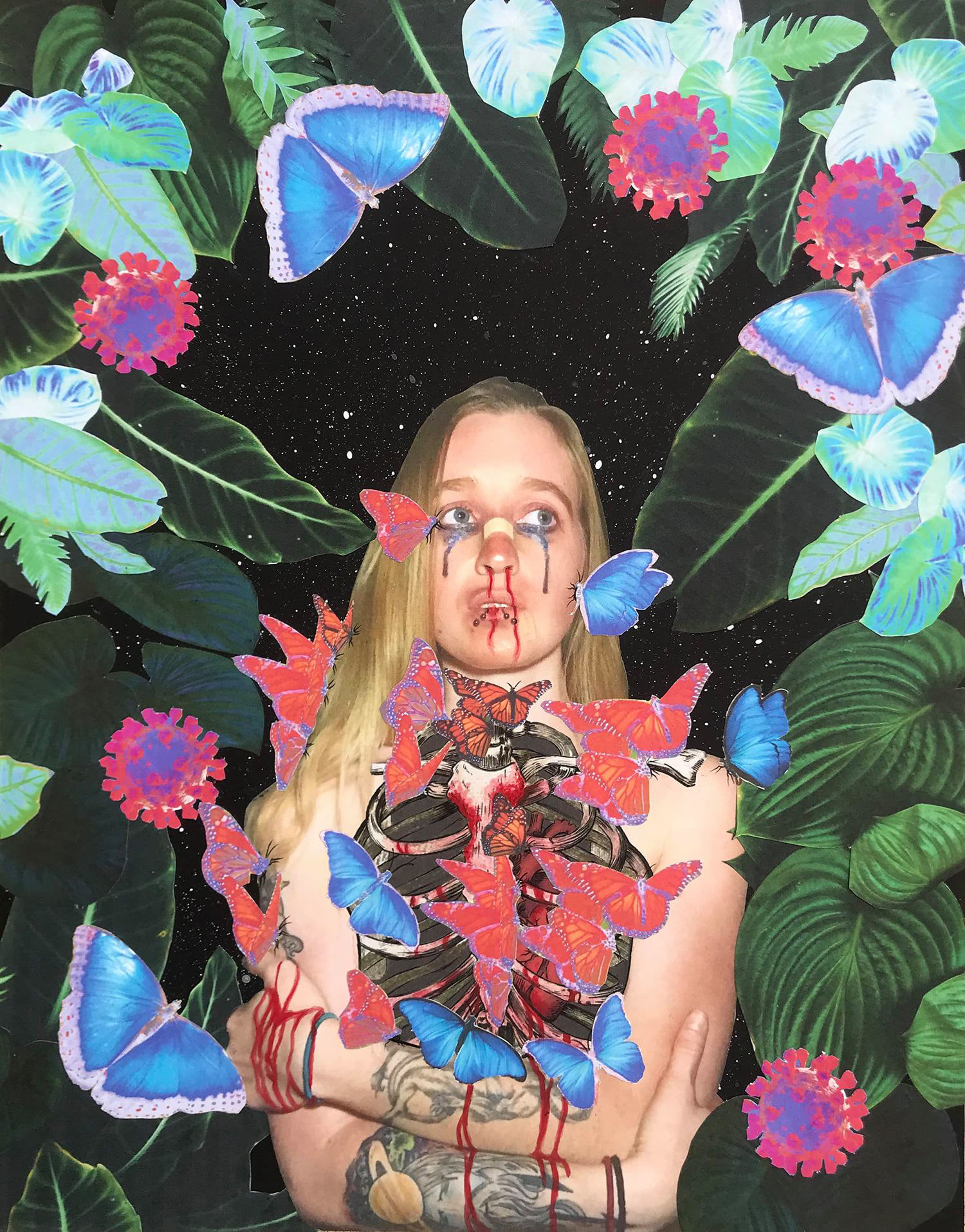
Brianna Womack | Myth and Mythmaking | Prompt: "My Pandemic Experience"
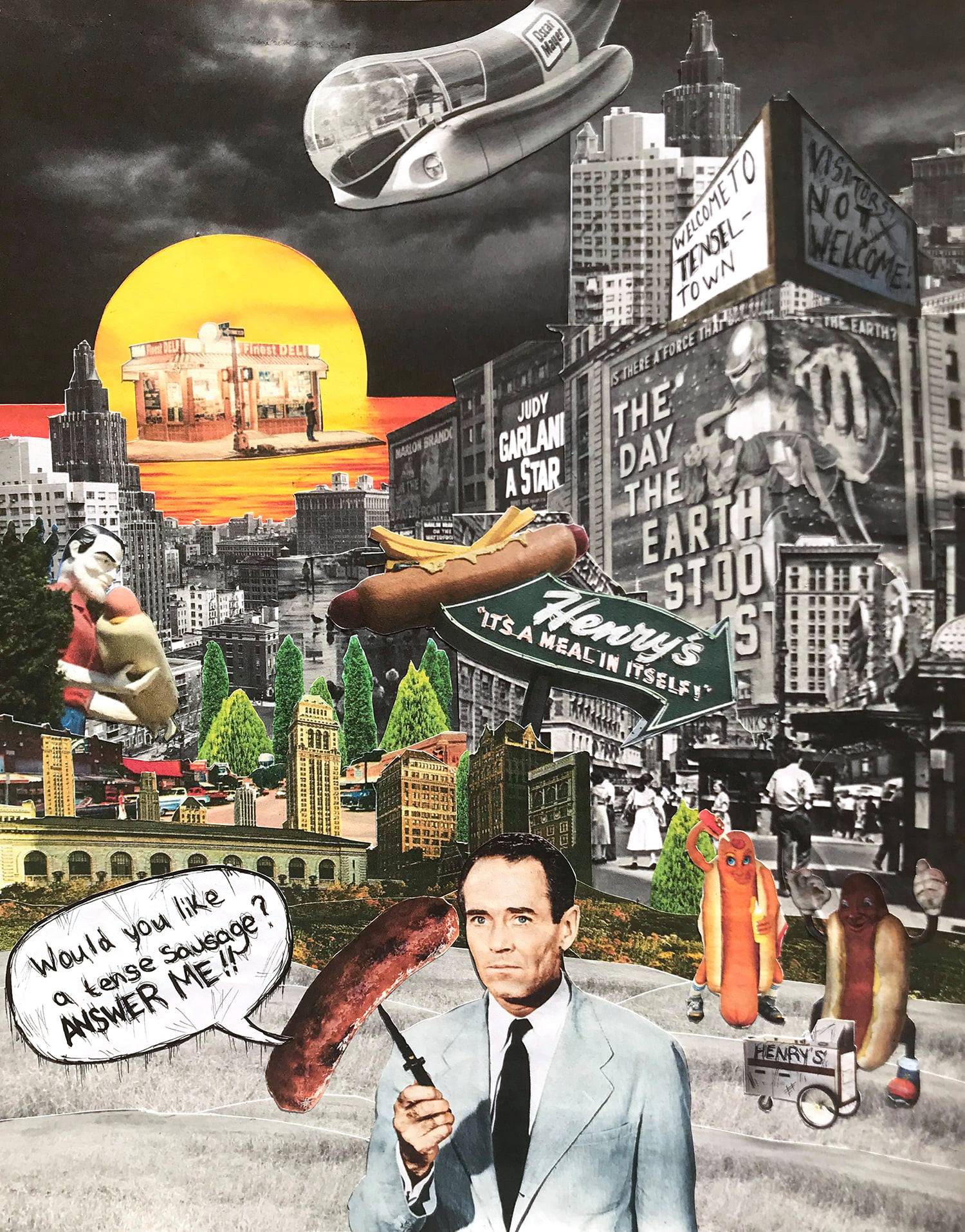
Brianna Womack | Paradox Project | Students were asked to select a nonsense sentence from the Random Surrealism Generator ( https://www.ravenblack.net/random/surreal.html ) and make a collage based on the sentence. Brianna's sentence was "Would you like a tense sausage? Answer me!"

Brooke Davis | Final Creative Project
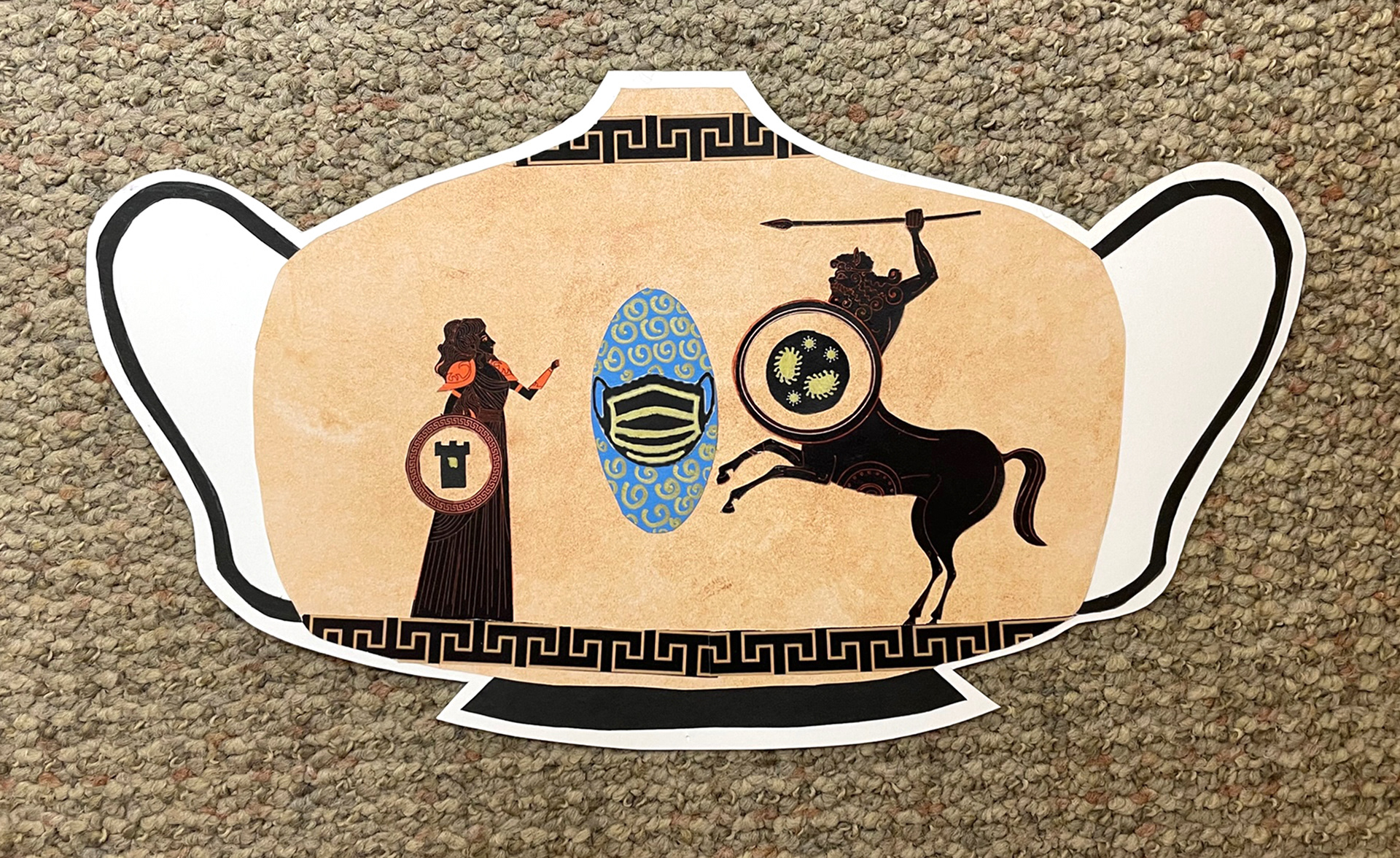
Brooke Davis | Myth and Mythmaking Project | Prompt: "How I was the hero of my pandemic."

Brooke Davis | Signals, Signs, & Symbols Project | Book: Me Before You by JoJo Moyes
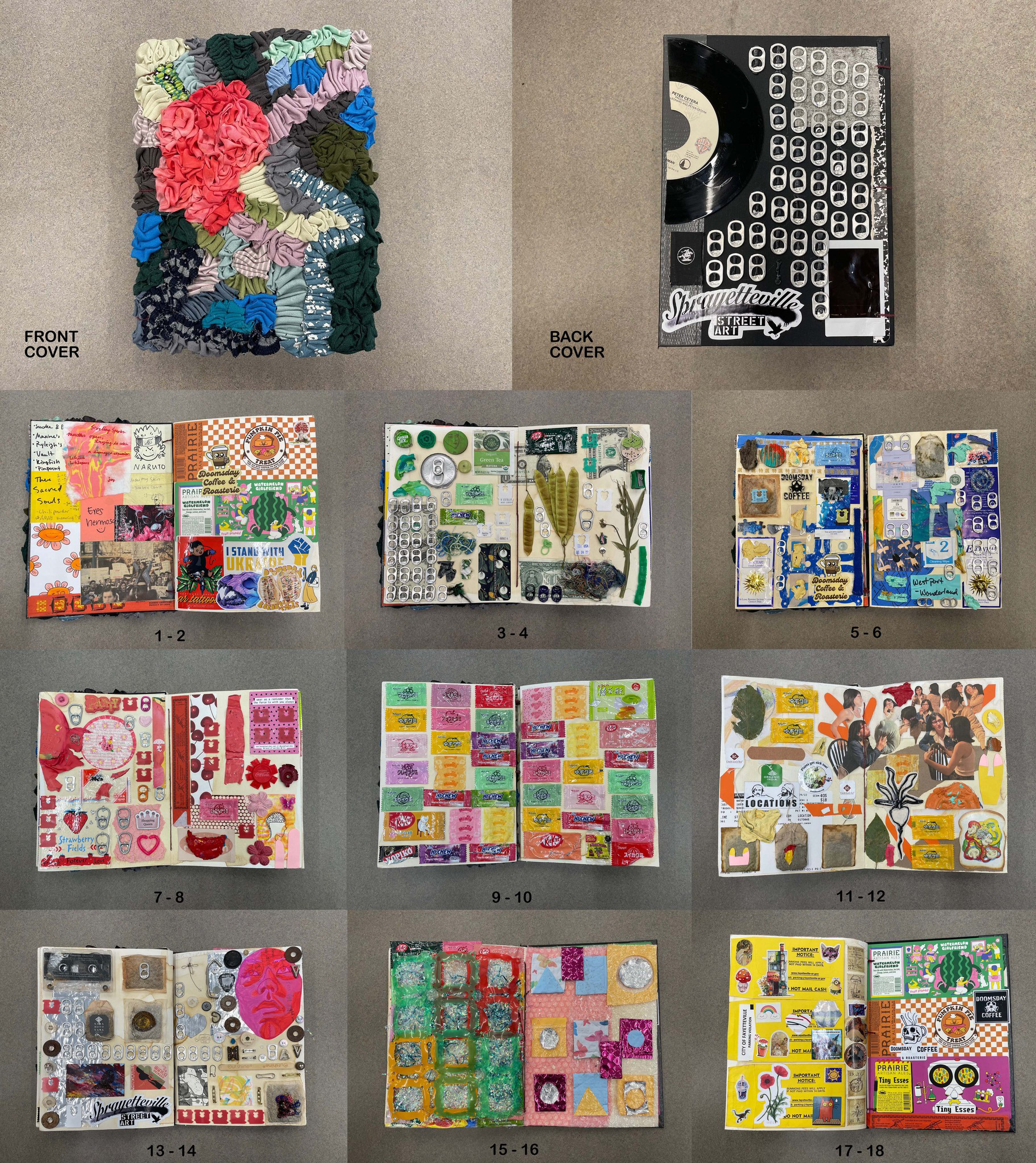
Daisy Scharnhorst | Final Creative Project
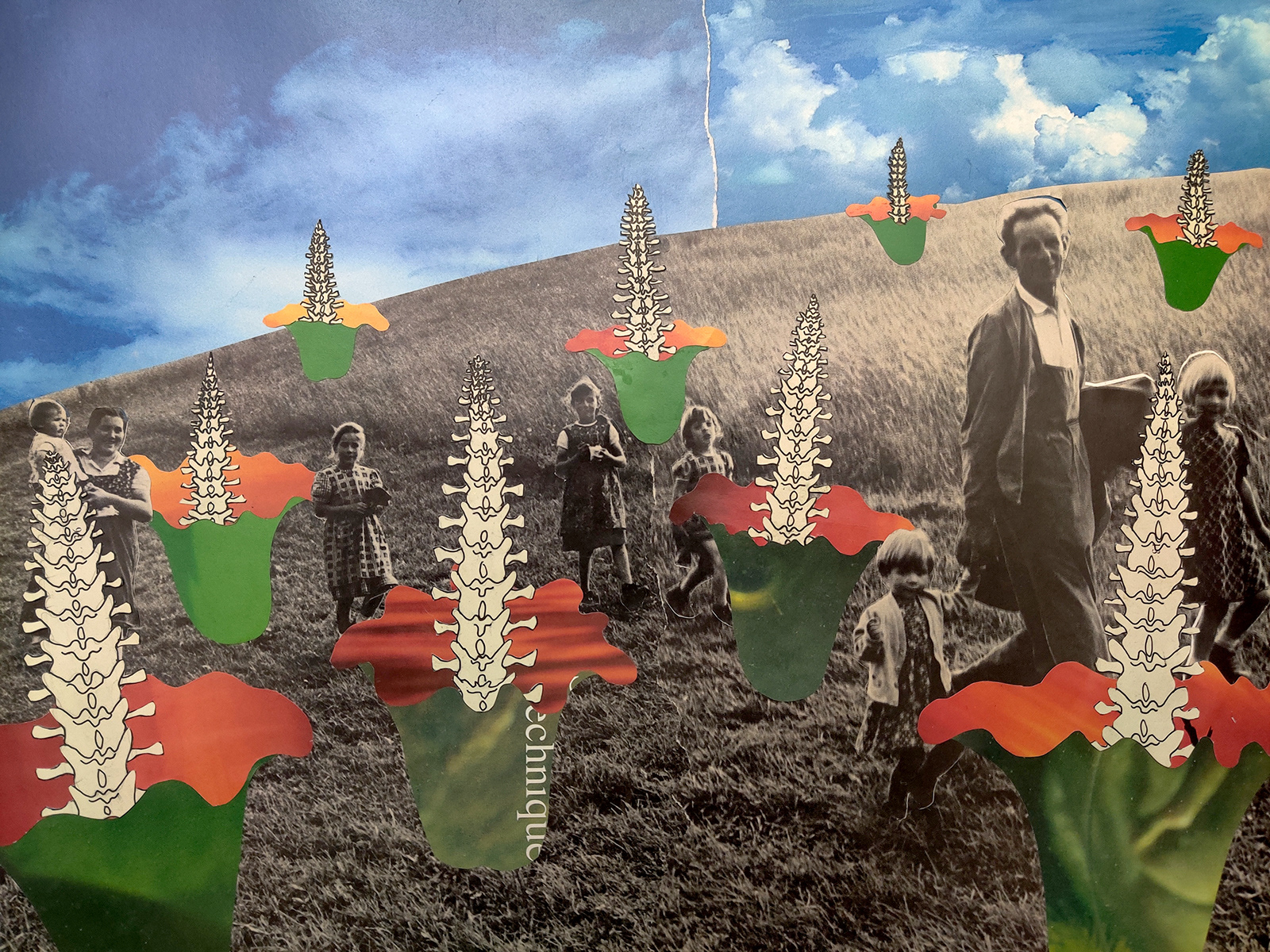
Daisy Scharnhorst | Analogy Project | Random Two Word/Phrase Prompts: Spine and Corpse Flower
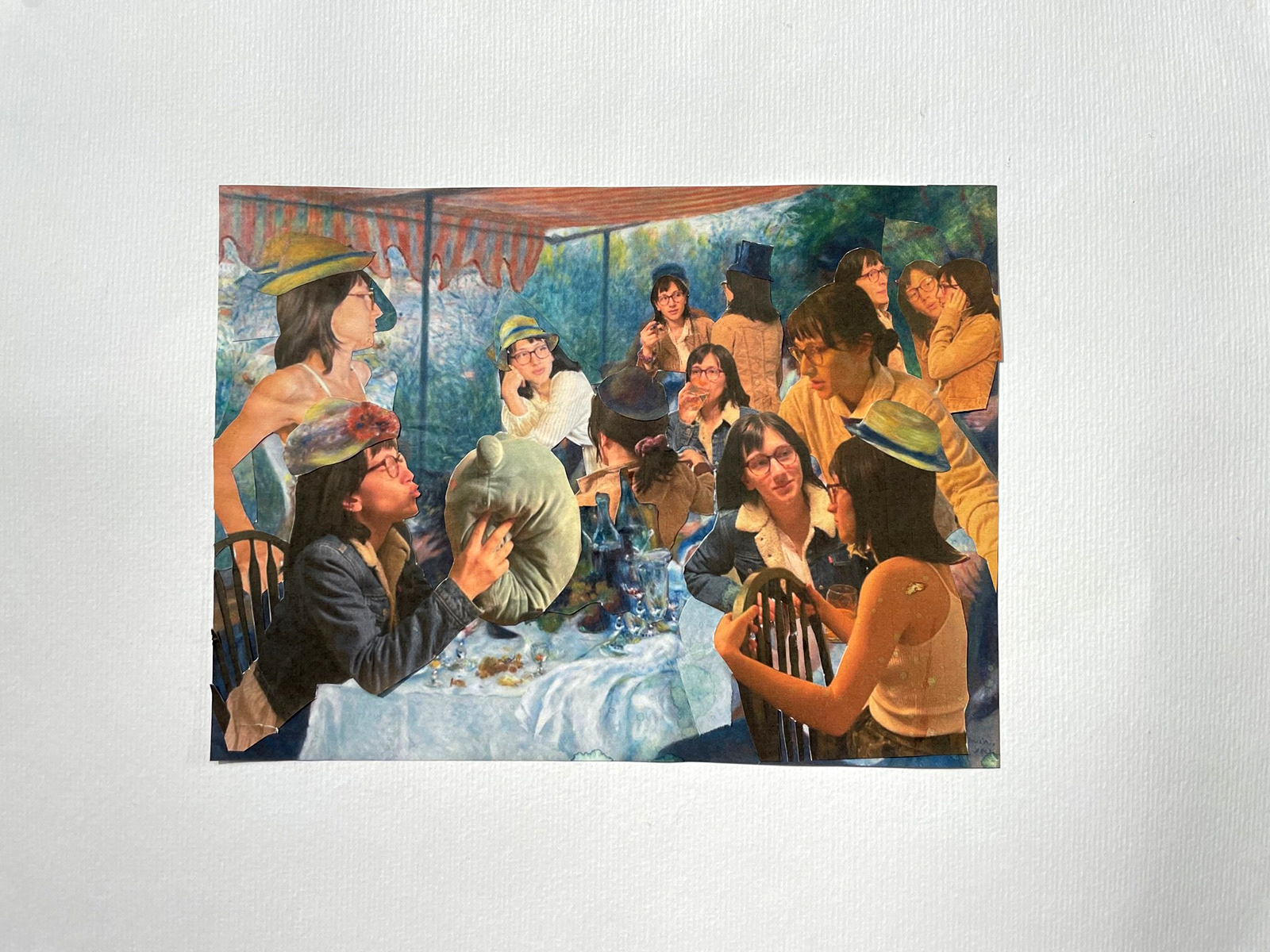
Daisy Scharnhorst | Imaging and Transforming Project | A Reinterpretation of Renoir's "Luncheon of the Boating Party" (1880 - 81)
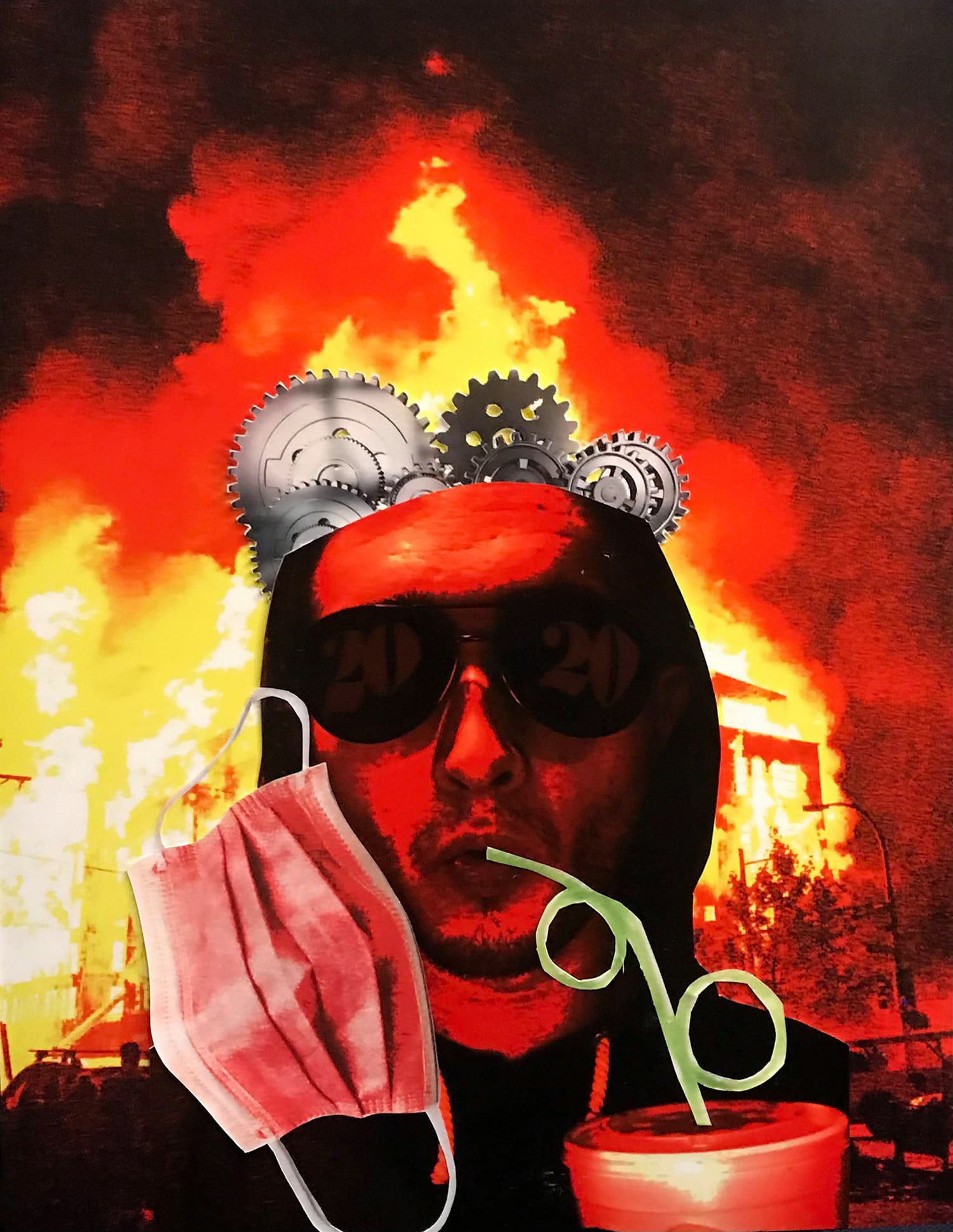
Drake Tittle | Myth and Mythmaking Project | Prompt: "My Pandemic Experience"
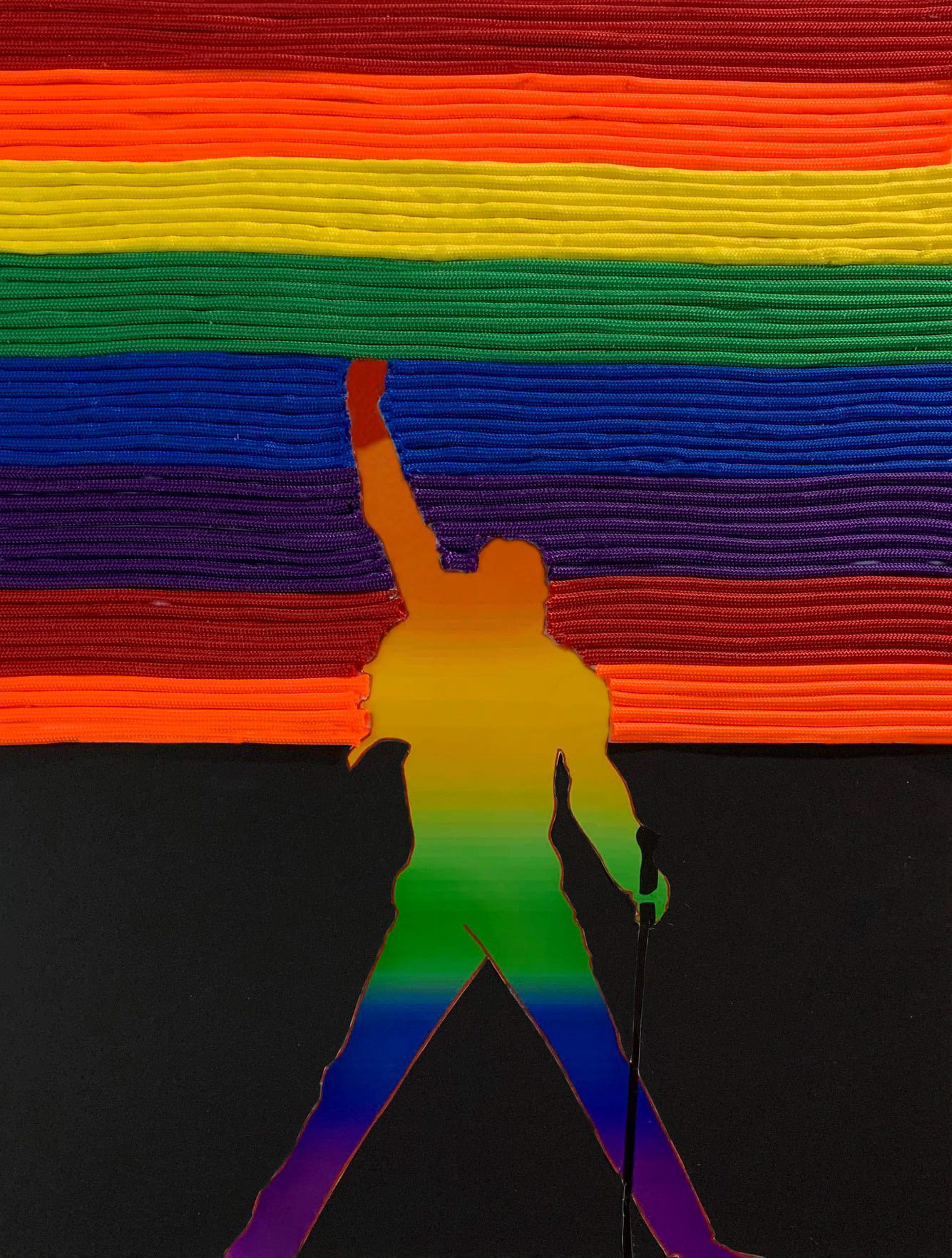
Hadley Crenshaw | Analogy Project | Random Two Word/Phrase Prompt: Freddie Mercury and String
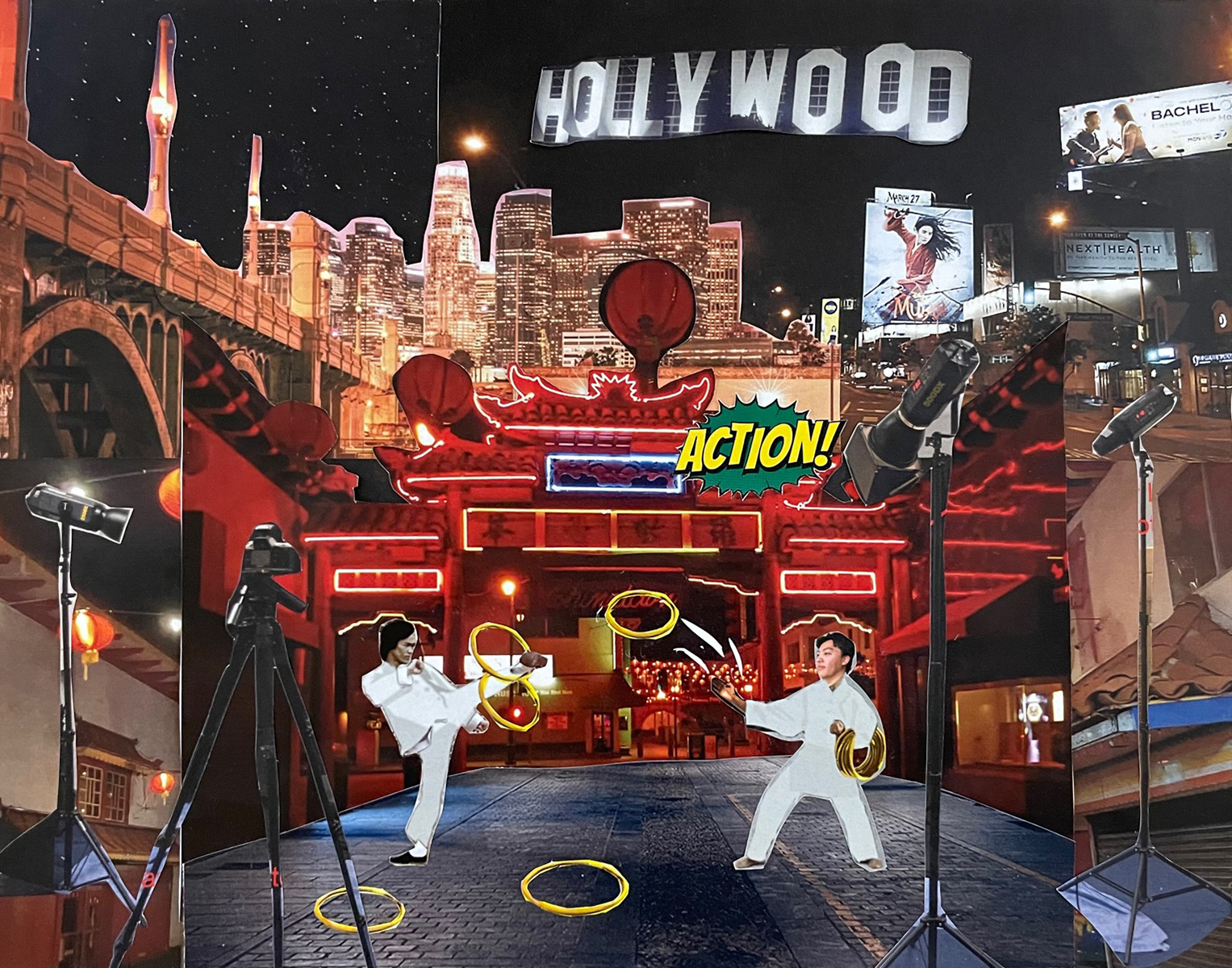
James Lo | Paradox Project | Students were asked to select a nonsense sentence from the Random Surrealism Generator ( https://www.ravenblack.net/random/surreal.html ) and make a collage based on the sentence. James’ sentence was “About this time of night, I like to throw hoops at Brandon Lee.”

James Lo | Imaging andTransforming Project | A Reinterpretation of Da Vinci's "Lady with an Ermine." (1489)

Joanna Reid | Imaging and Transforming Project | A Reinterpretation of Van Gogh's "The Potato Eaters." (1885)
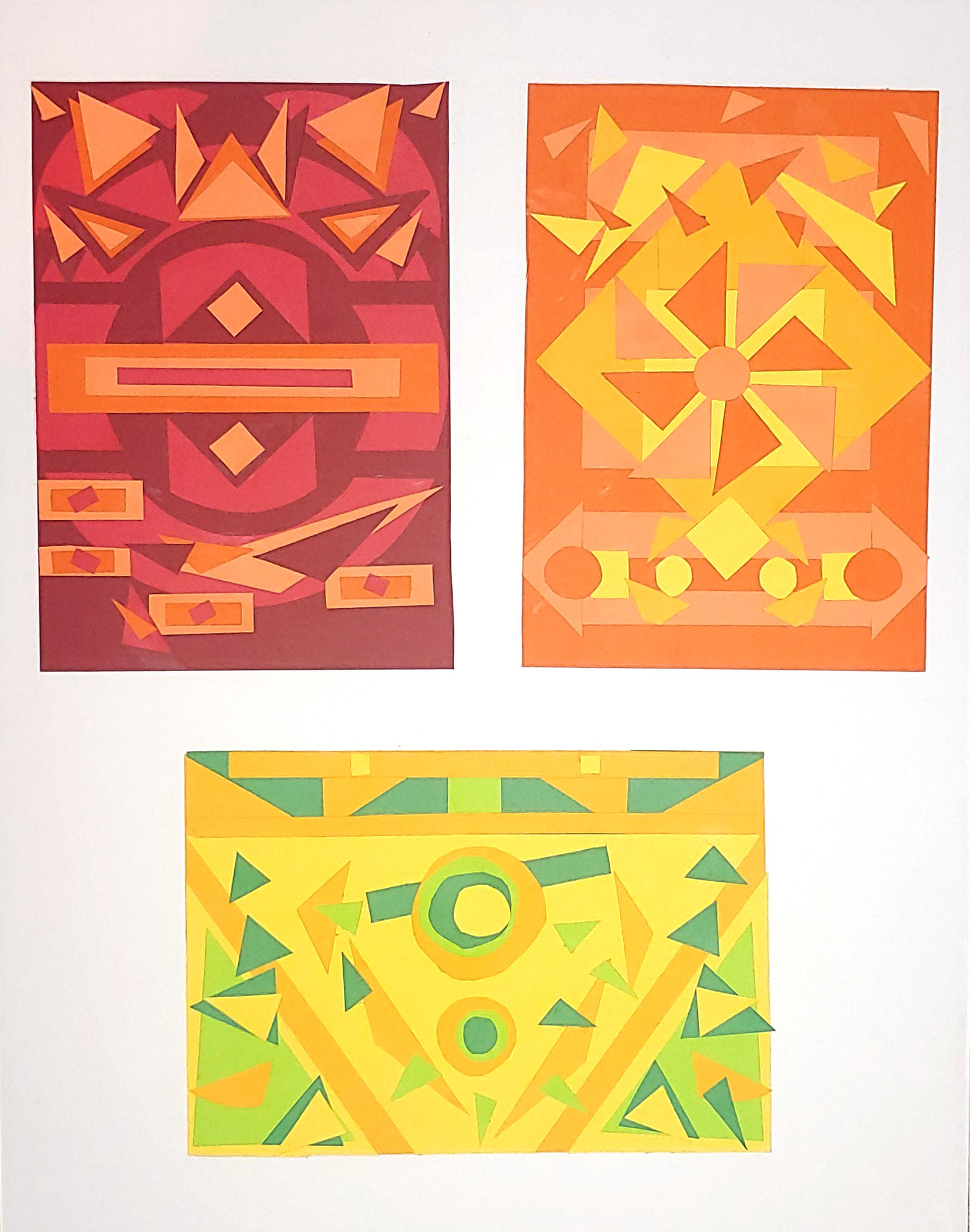
Kandice Welch | Design Project
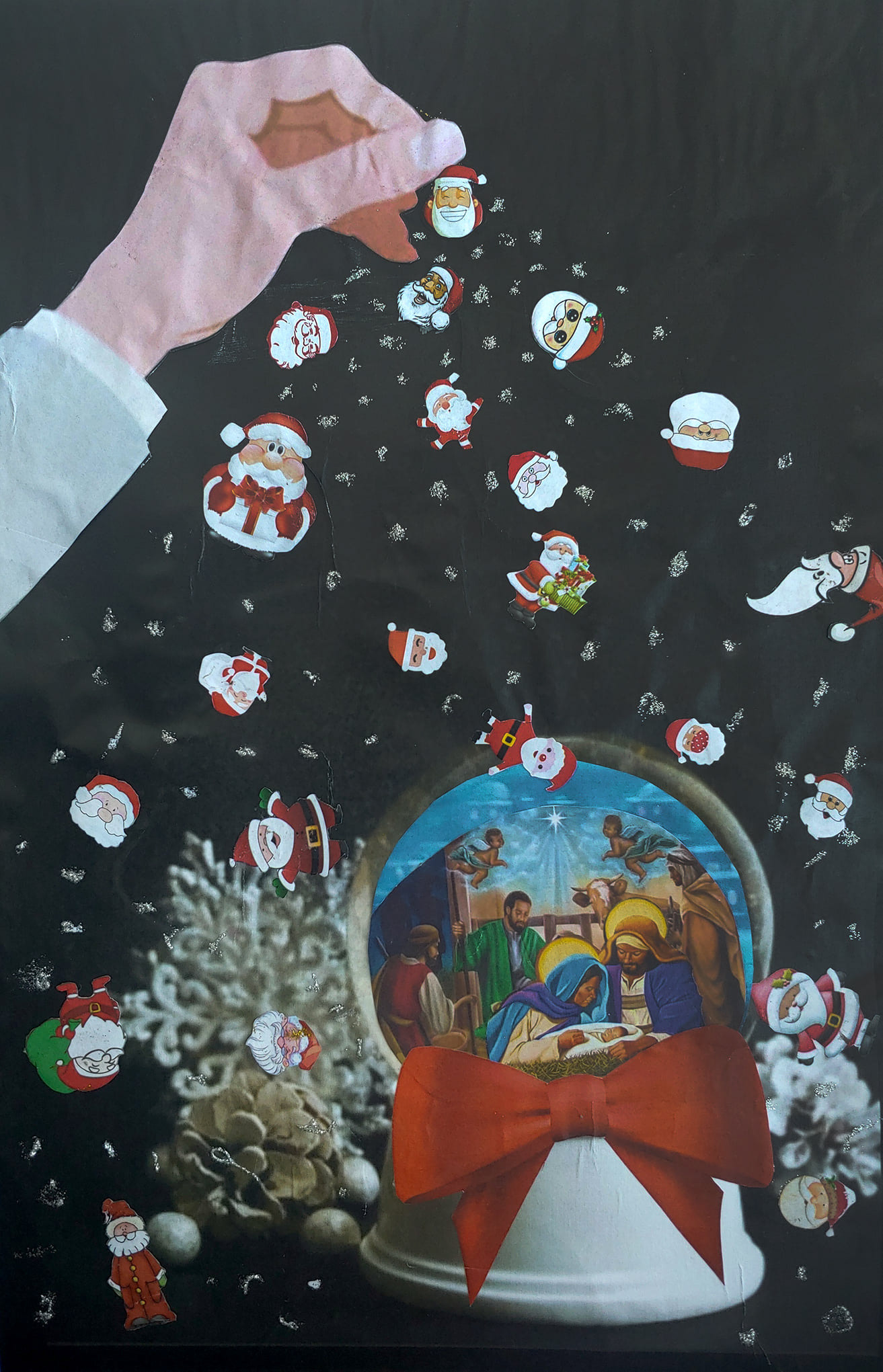
Kandice Welch | Final Creative Project
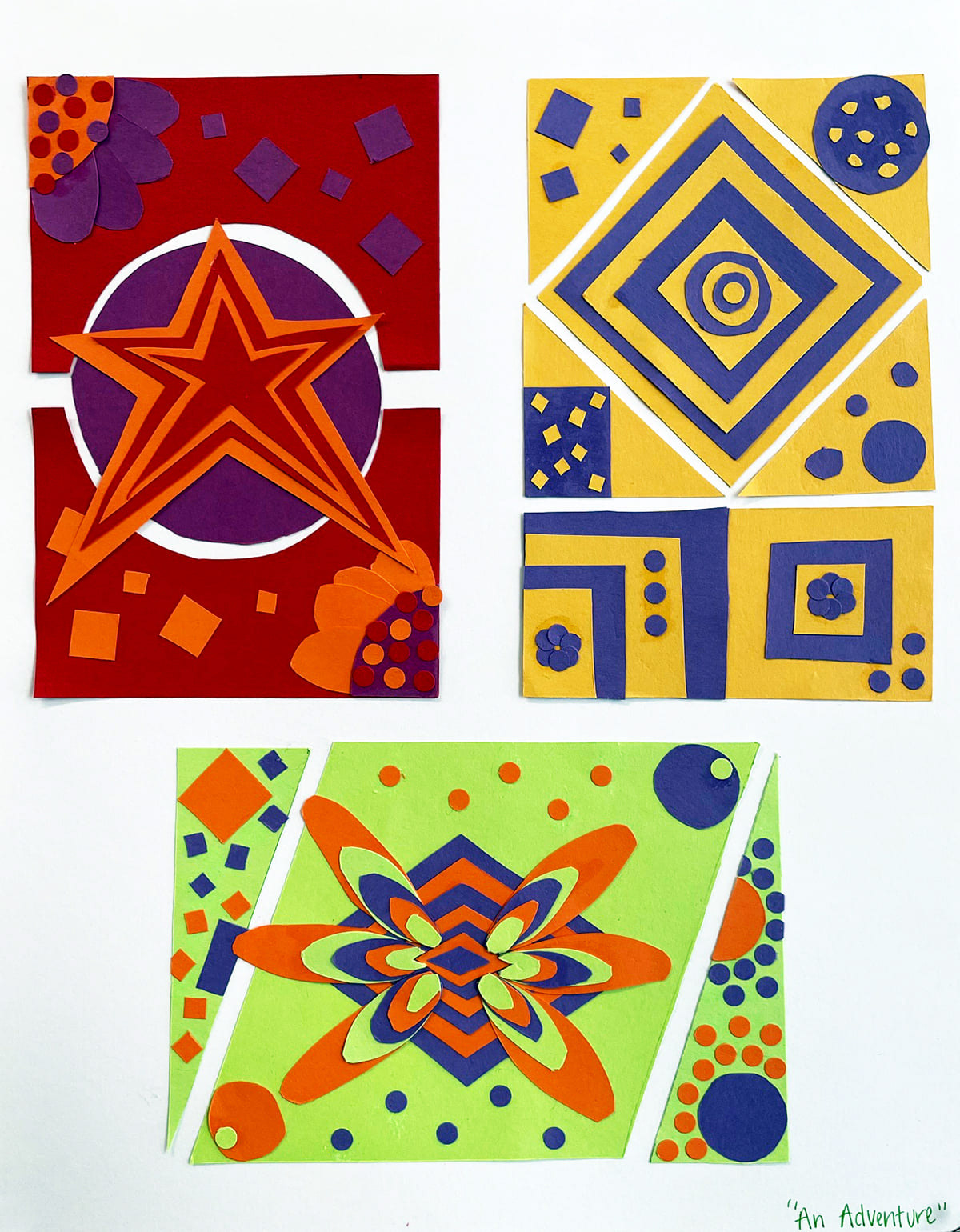
Kim Oram | Design Project
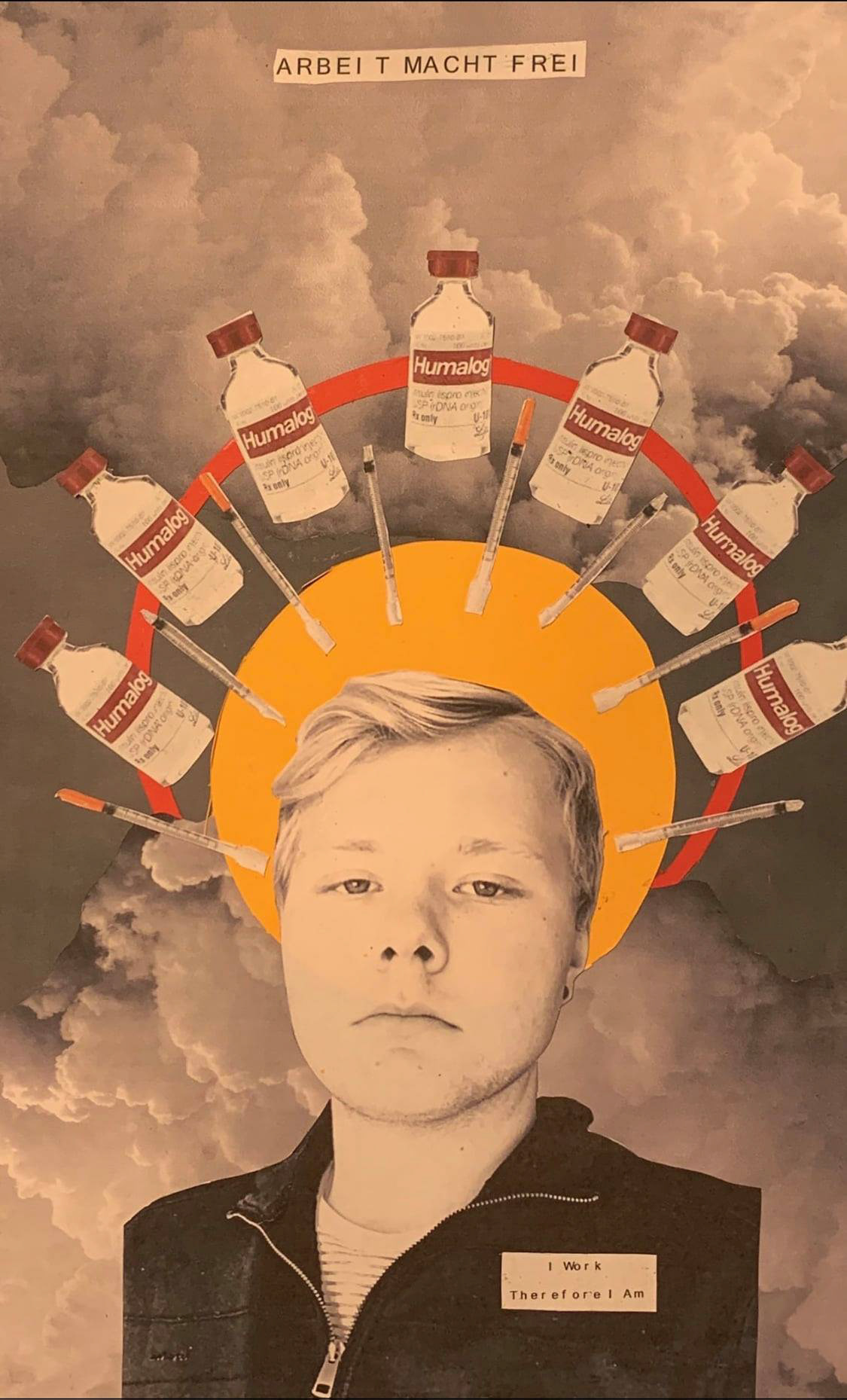
Landis Burns | Myth and Mythmaking Project | Prompt: "My Pandemic Experience"
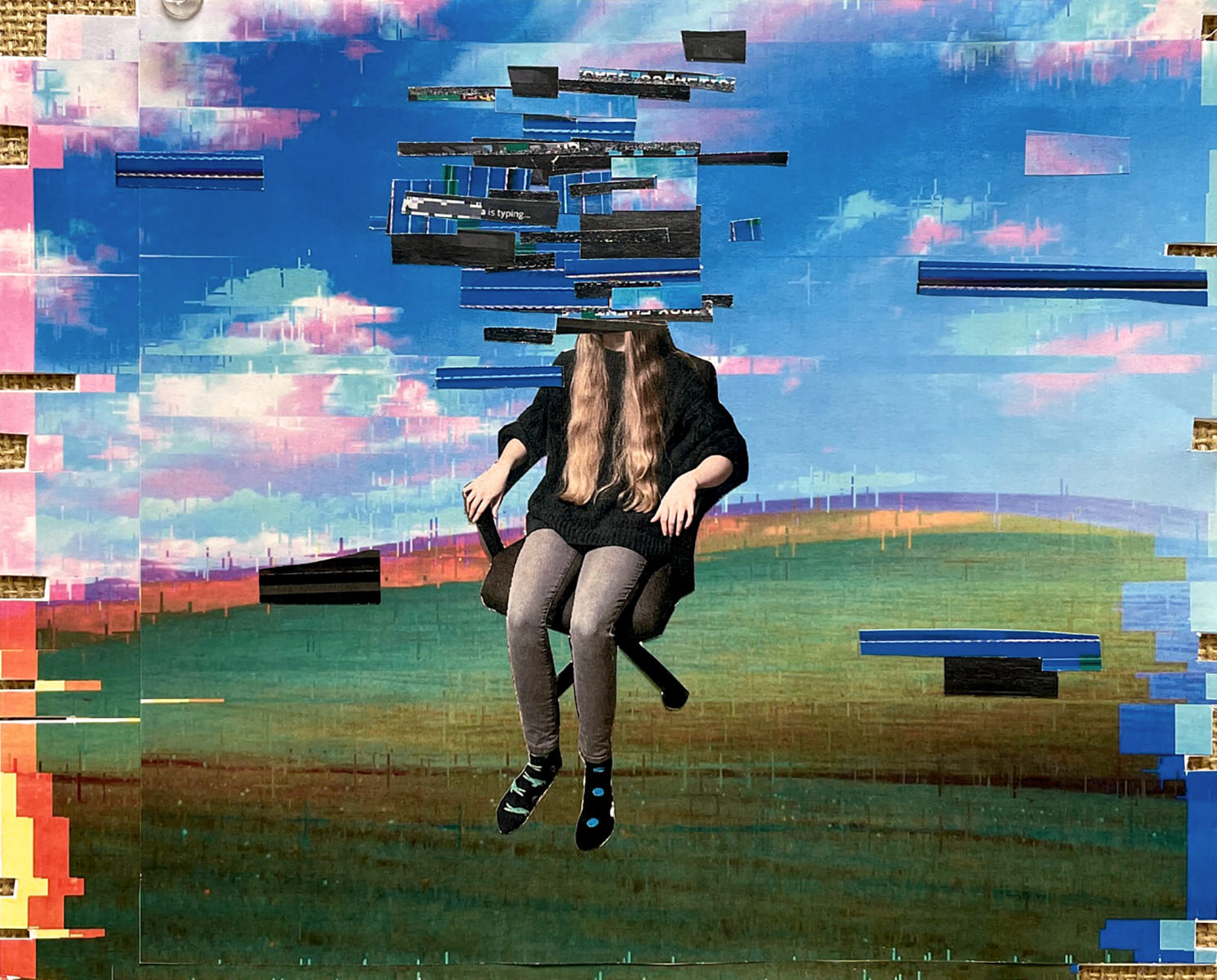
Lexi Draper | Myth and Mythmaking Project | Prompt: "My Pandemic Experience"
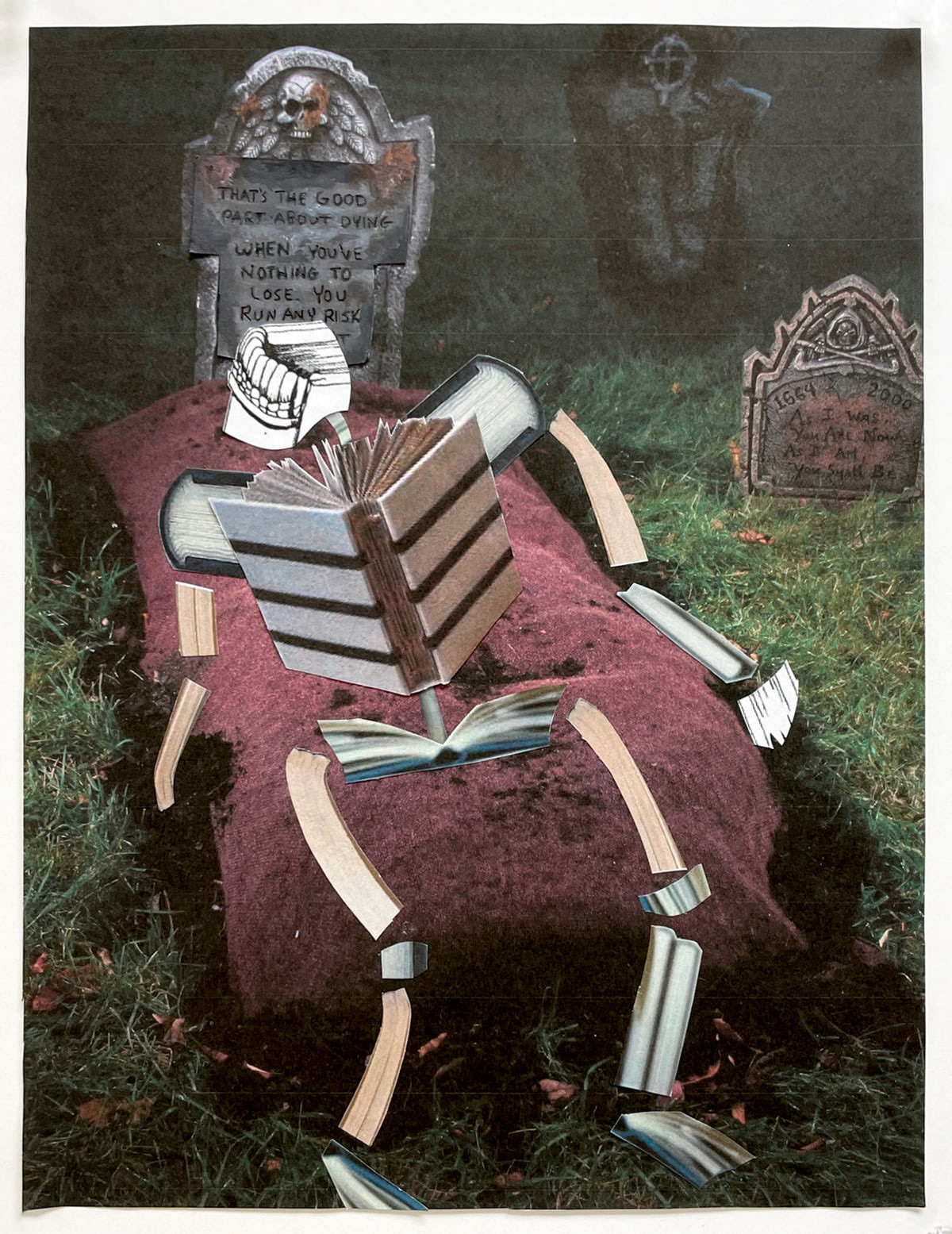
Lexi Draper | Analogy Project | Random Two-Word/Phrase Prompts: Skeleton and Books
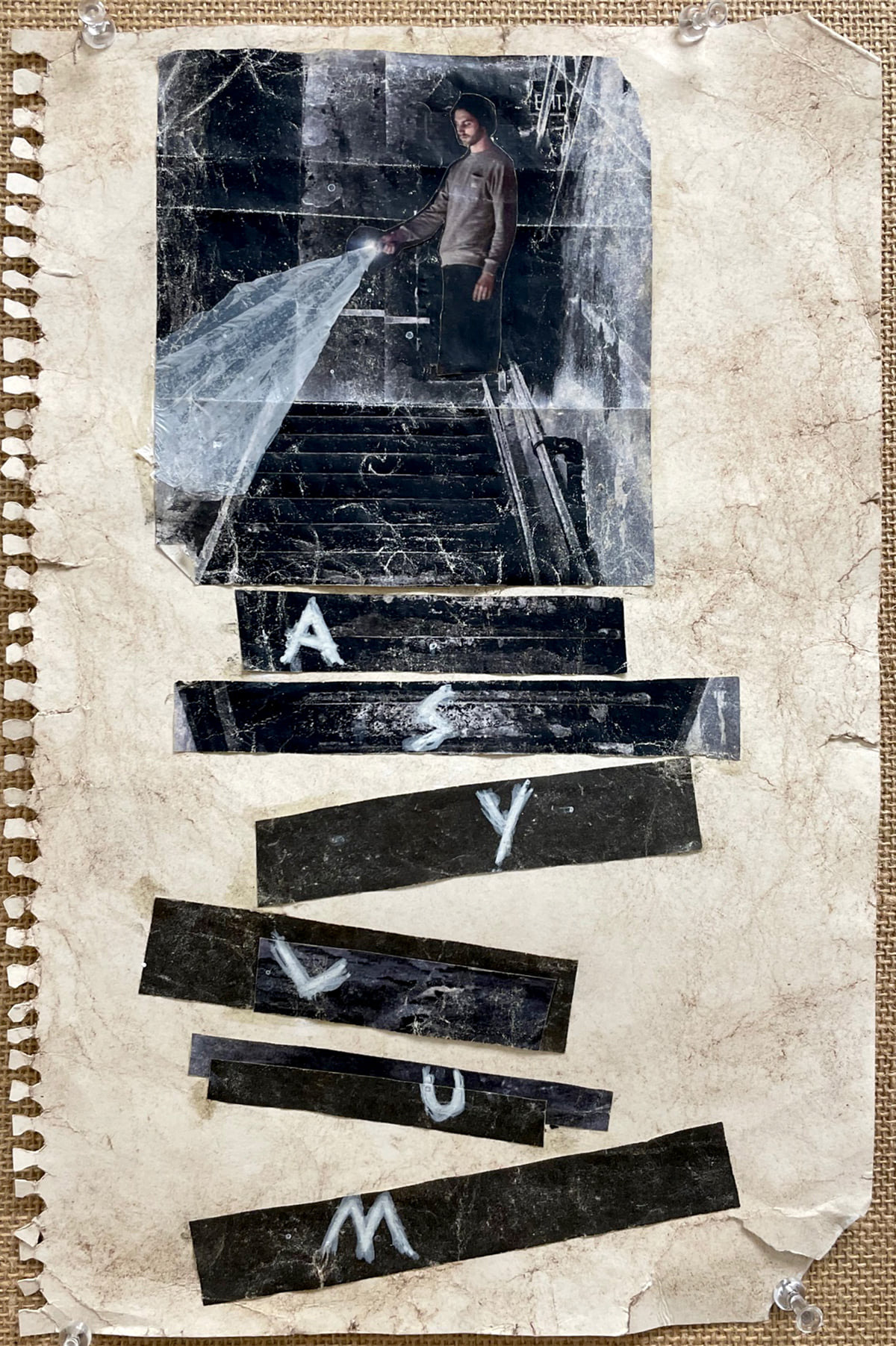
Lexi Draper | Signals, Signs, & Symbols Project | Book: "Asylum" by Madeleine Roux

Pooja Joshi | Paradox Project | Students were asked to select a nonsense sentence from the Random Surrealism Generator ( https://www.ravenblack.net/random/surreal.html ) and make a collage based on the sentence. Pooja’s sentence was “Have you seen Neil Armstrong's mucky power drill?”
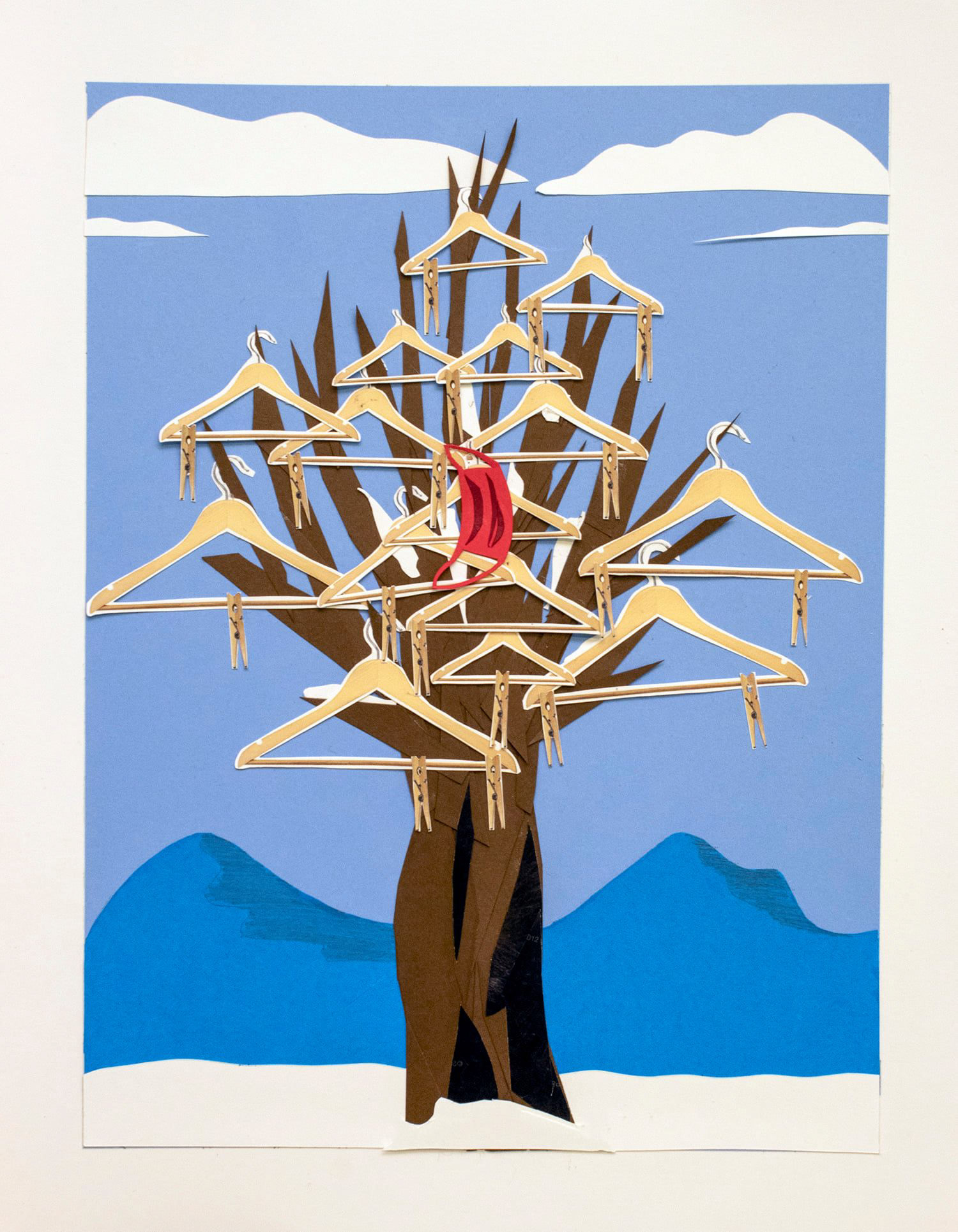
Samantha McCann | Final Creative Project
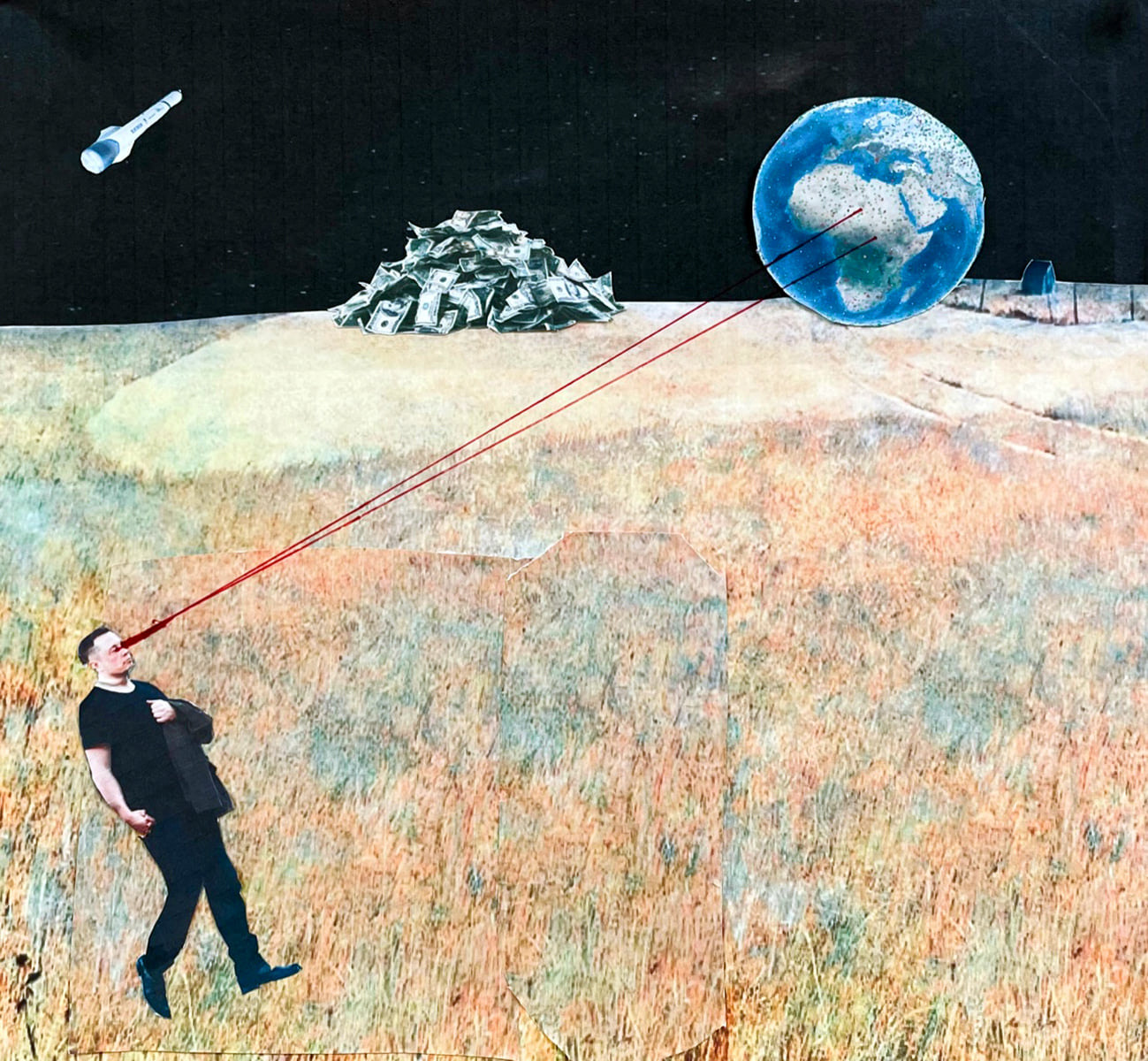
Taylor Bard | Imaging and Transforming | A Reinterpretation of Andrew Wyeth's "Christina's World." (1948)
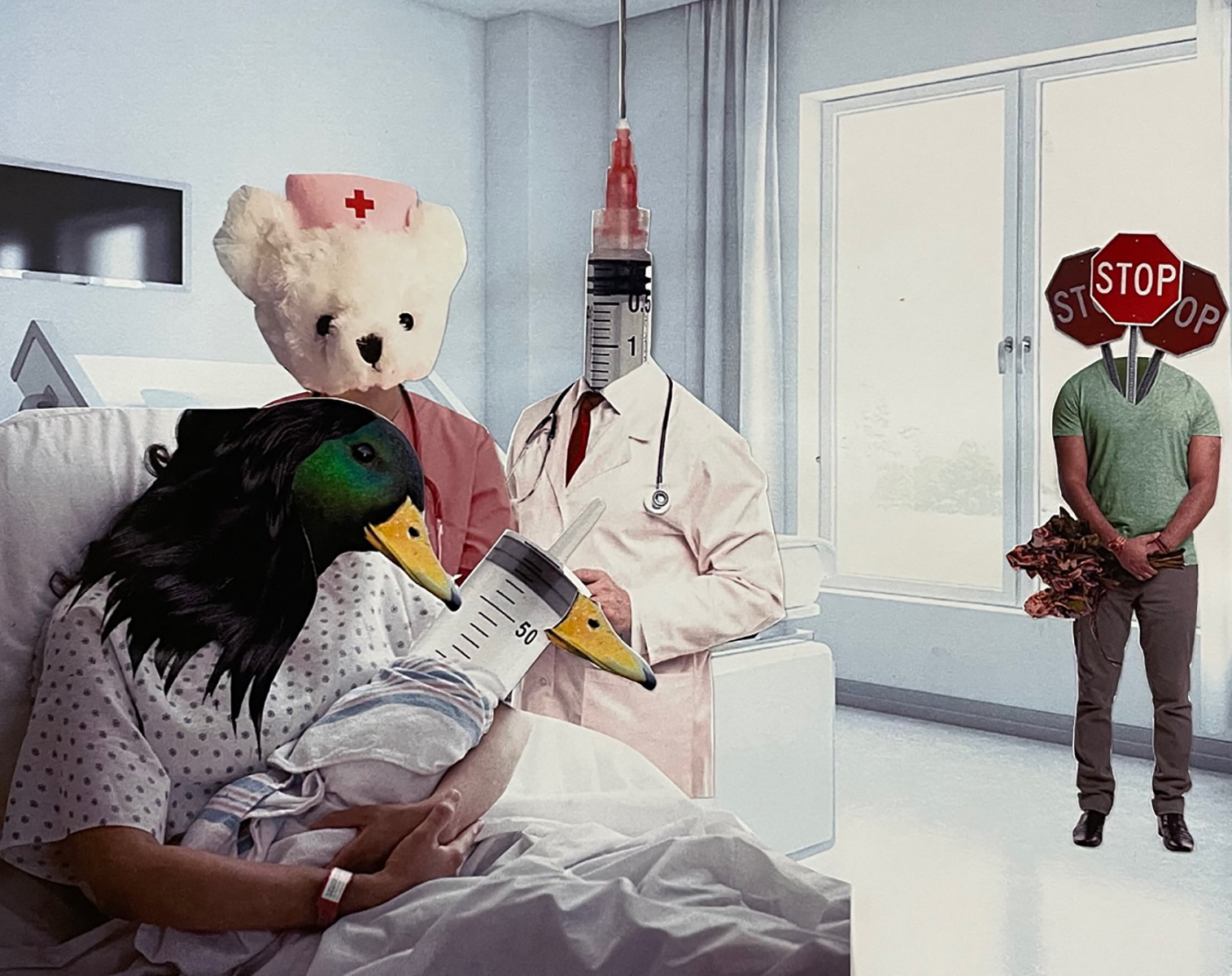
Tessa Michael | Paradox Project | Students were asked to select a nonsense sentence from the Random Surrealism Generator ( https://www.ravenblack.net/random/surreal.html ) and make a collage based on the sentence. Tessa's sentence was “Your mother is a mallard, and your father smells of stop signs.”

Tessa Michael | Final Creative Project
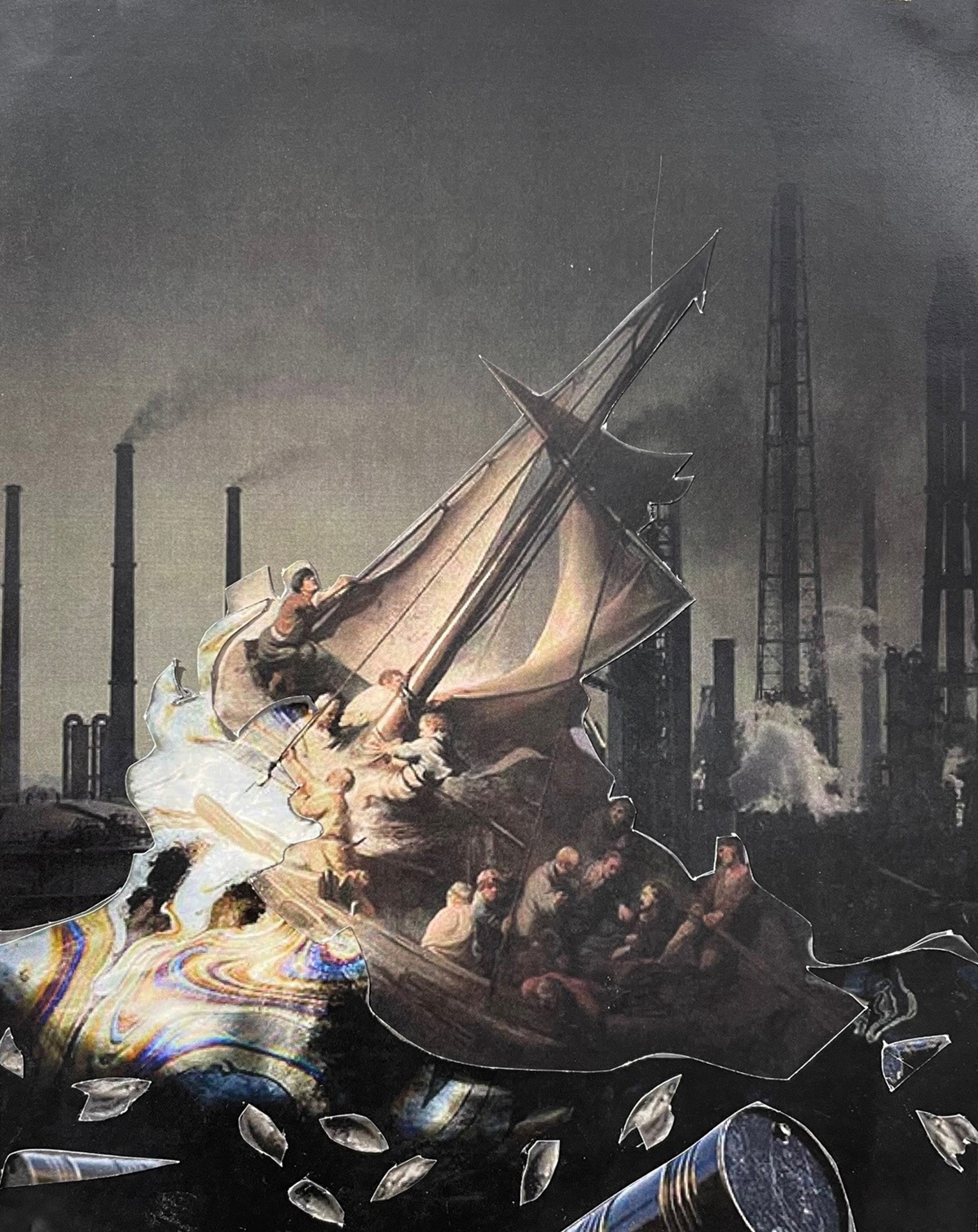
Tessa Michael | Imaging and Transforming Project | A Reinterpretation of Rembrandt's "The Storm on the Sea of Galilee." (1633)
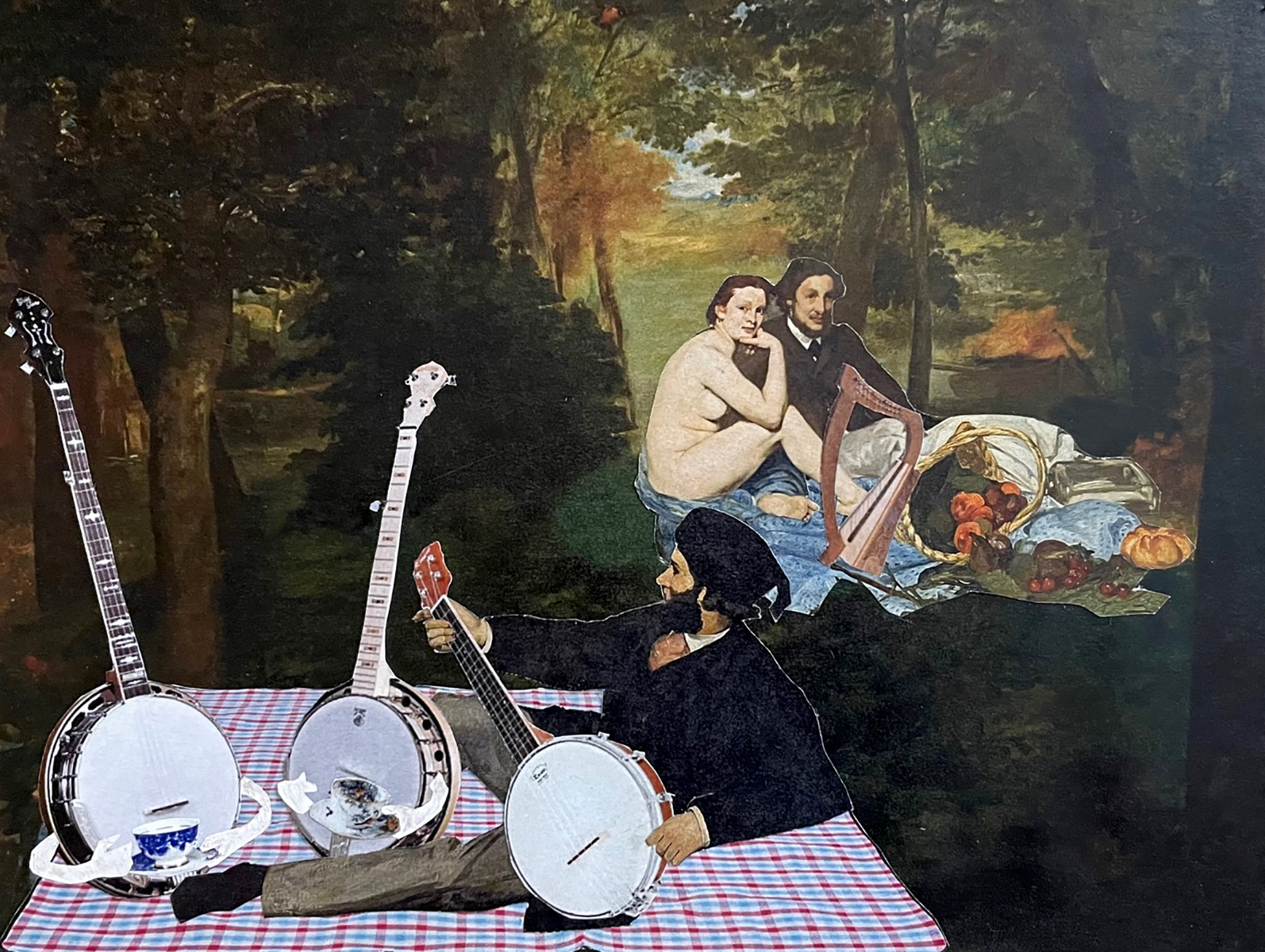
Vianny Nolasco | Paradox Project | Students were asked to select a nonsense sentence from the Random Surrealism Generator ( https://www.ravenblack.net/random/surreal.html ) and make a collage based on the sentence. Vianny’s sentence was “I wish you wouldn't go for a picnic with those banjos.”
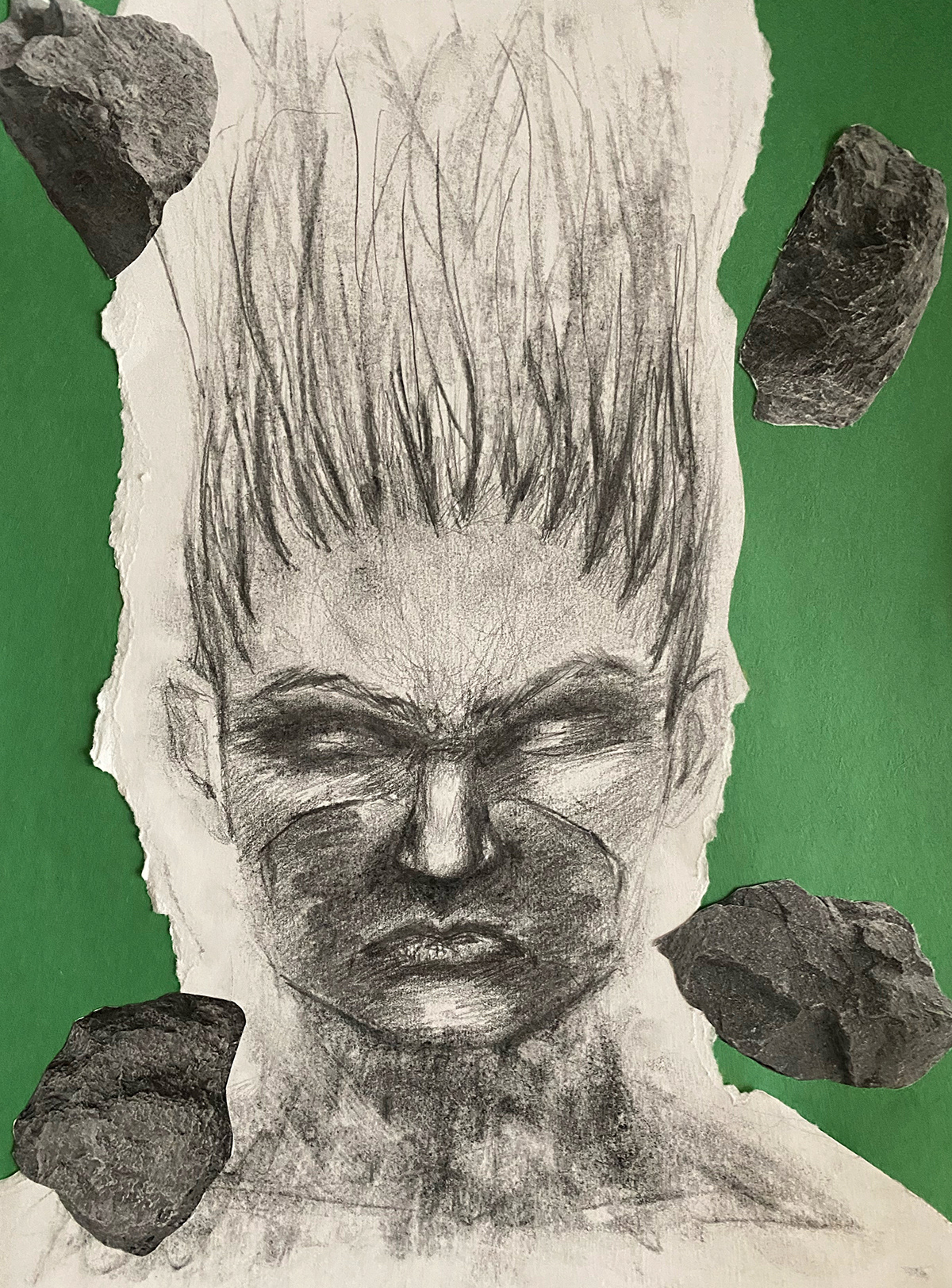
Wendy Hernadez | Signals, Signs, and Symbols Project | Book: Hunter X Hunter by Yoshihiro Togashi
